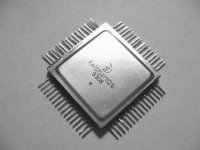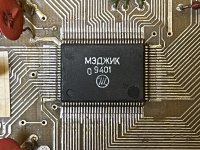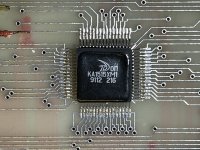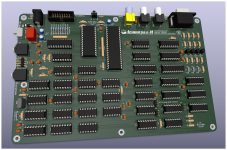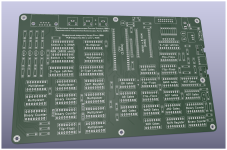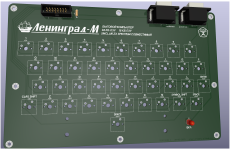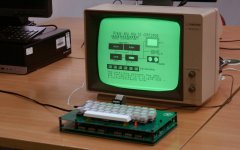
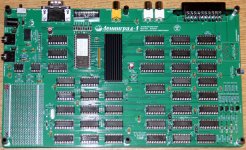
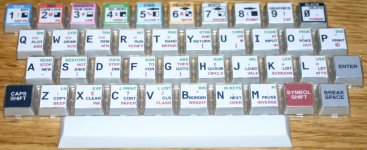
I've recently finished designing a replica of the Leningrad-1, a Soviet ZX Spectrum clone from 1988. It's one of the simplest Speccy clone designs out there that doesn't use a programmable logic array, with 44 ICs (45 if you count the regulator) on my version.
It can be constructed entirely out of Western-made components, so you don't need to seek out rare Soviet ICs.
This first version has a few hardware bugs that I hope to iron out in the future (video is currently monochrome only...), but it's currently functional enough to run most software.
More information (including annotated schematics and Gerbers) is available on my website.

